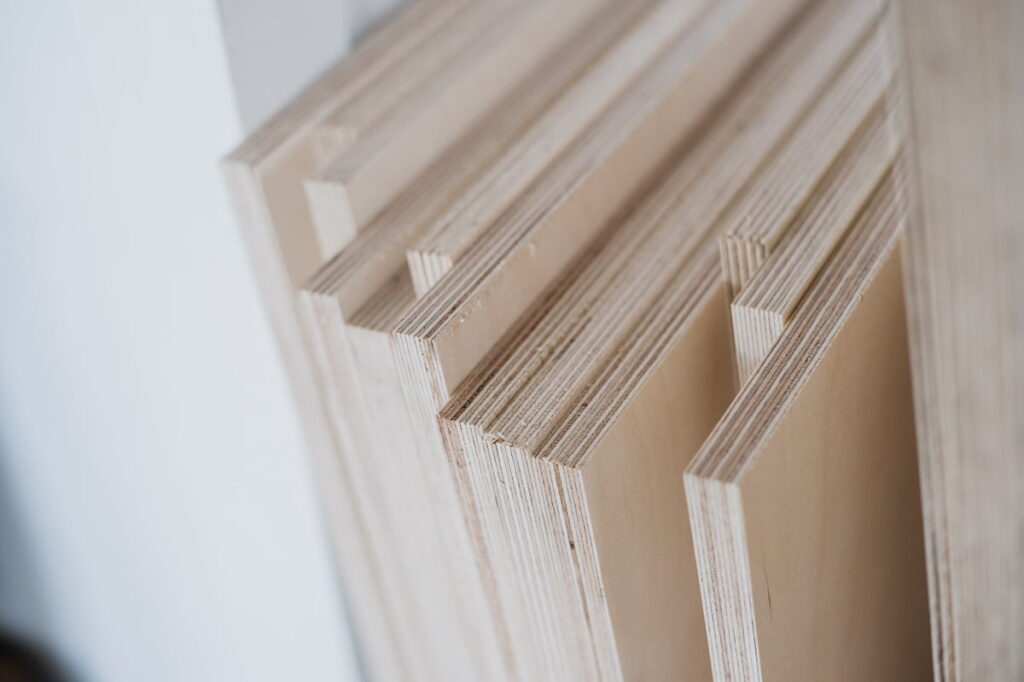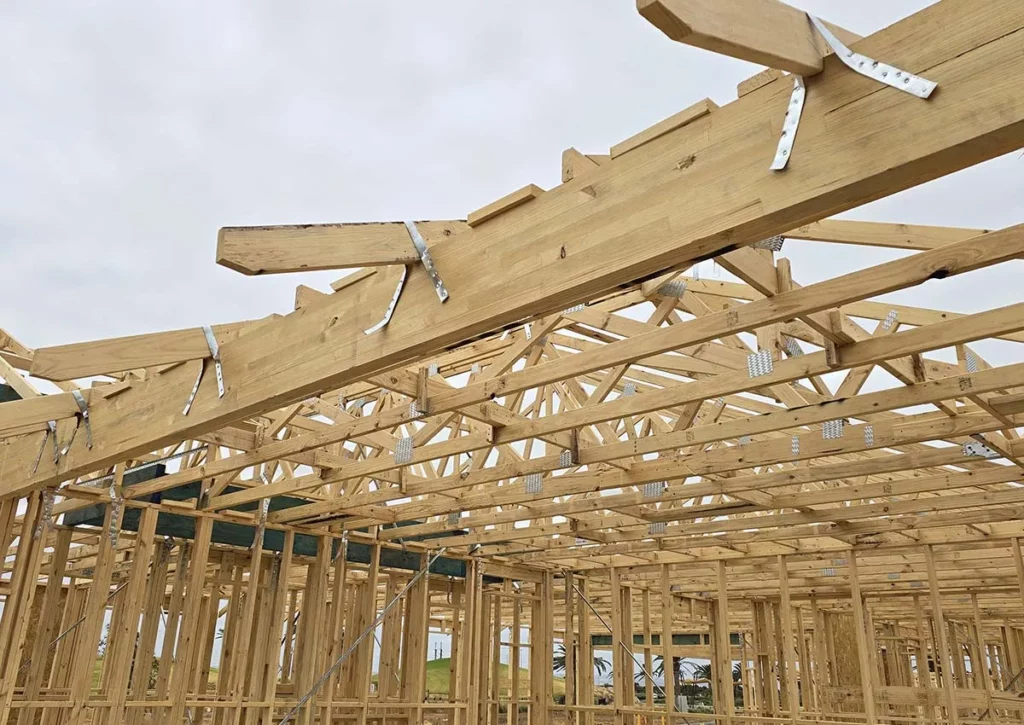LVL (Laminated Veneer Lumber) formwork timber is a popular and versatile material used in construction projects. It offers several advantages over traditional timber, making it a preferred choice for many builders and contractors. However, choosing the right LVL formwork timber requires careful consideration of various factors. In this article, we will discuss what LVL formwork timber is, its benefits, factors to consider when choosing it, its role in construction, tips for purchasing, and proper maintenance and care.
Understanding LVL Formwork Timber
What is LVL Formwork Timber?
LVL formwork timber is a type of engineered wood product that is manufactured by bonding thin layers of wood veneers together with adhesives, creating a strong and durable material. It is commonly used in concrete formwork applications due to its excellent load-bearing capacity and dimensional stability.
Remember, investing in high-quality LVL formwork timber from reputable suppliers is essential. Quality timber will have better durability and strength, ensuring the success of your construction project. Additionally, regularly inspecting and caring for the timber will help you identify any potential issues early on, allowing for timely repairs or replacements.
Furthermore, LVL formwork timber undergoes a rigorous manufacturing process that involves precision cutting and bonding techniques to ensure uniformity and strength in each piece. This meticulous process results in a product that meets strict industry standards for quality and performance.
Benefits of Using LVL Formwork Timber
There are several benefits to using LVL formwork timber in construction projects:
- Strength and Durability: LVL formwork timber has a high strength-to-weight ratio, making it capable of withstanding heavy loads and high impact forces. It also offers resistance against warping, splitting, and shrinkage.
- Consistency: LVL formwork timber is manufactured under controlled conditions, ensuring consistent quality and performance across all pieces.
- Dimensional Stability: Unlike traditional timber, LVL formwork timber is less prone to expansion and contraction due to changes in temperature and humidity.
- Environmentally Friendly: LVL formwork timber is made from a renewable resource and can be recycled at the end of its lifespan.
Moreover, the versatility of LVL formwork timber extends beyond its use in construction. It is also utilized in the manufacturing of furniture, cabinetry, and other wood-based products where strength and reliability are essential. The adaptability of LVL formwork timber makes it a preferred choice for architects and designers seeking a sustainable and durable material for various applications.

Factors to Consider When Choosing LVL Formwork Timber
When embarking on a construction project, the selection of LVL formwork timber plays a pivotal role in ensuring the success and durability of the structure. Apart from the basic considerations, there are additional factors that can further enhance the quality and performance of the timber.
Assessing the Quality of the Timber
When selecting LVL formwork timber, it is crucial to assess its quality. Look for certifications such as the Structural Composite Lumber (SCL) stamp, which ensures that the timber meets the relevant standards for strength and performance. Inspect the timber for any visible defects, such as knots, cracks, or delamination. Additionally, consider the moisture content of the timber, as excessive moisture can lead to warping and reduced structural integrity.
Considering the Size and Dimensions
The size and dimensions of LVL formwork timber are essential considerations for a successful project. Evaluate the required length, width, and thickness based on the specific formwork design and load requirements. Ensure that the chosen timber can accommodate the desired concrete pour volume and provide adequate support. Moreover, factor in the weight of the timber itself to prevent overloading during construction.
Evaluating the Strength and Durability
The strength and durability of LVL formwork timber are critical for long-lasting and safe structures. Consider the design specifications and load requirements of your project to determine the appropriate level of strength. Look for high-grade LVL timber that can withstand the anticipated loads and environmental conditions. Additionally, assess the timber’s resistance to pests, decay, and other forms of deterioration to ensure its longevity in various construction environments. Find more about specifications on https://ii.library.jhu.edu/2018/04/11/what-is-specifications-grading-and-why-should-you-consider-using-it/
The Role of LVL Formwork Timber in Construction
Importance of LVL Formwork Timber in Building Structures
LVL formwork timber plays a crucial role in constructing buildings and other structures. It serves as the temporary mold, supporting the weight of wet concrete and ensuring an accurate shape and finish. LVL formwork timber provides stability and strength during the concrete curing process, allowing for the creation of robust and precise structures.
Furthermore, LVL (Laminated Veneer Lumber) formwork timber is known for its durability and versatility in various construction applications. Its engineered wood composition makes it resistant to warping, twisting, and shrinkage, ensuring consistent performance throughout the formwork process. This reliability is essential for achieving high-quality concrete finishes and structural integrity in projects of all sizes.
How LVL Formwork Timber Affects the Project Outcome
The selection of suitable LVL formwork timber can significantly impact the project outcome. Using high-quality and properly sized LVL timber ensures that the formwork system can withstand the anticipated loads, resulting in safer and more stable structures. It also minimizes the risk of formwork failures, which can lead to costly delays and rework.
Moreover, the dimensional stability of LVL formwork timber contributes to efficient construction processes by reducing the need for adjustments or replacements during concrete placement. This not only saves time but also enhances the overall productivity of the project. Contractors and builders rely on the consistent performance of LVL formwork timber to meet construction deadlines and deliver superior quality results to clients.
Tips for Purchasing LVL Formwork Timber
Where to Buy Quality LVL Formwork Timber
When it comes to purchasing LVL formwork timber, it is essential to choose a reputable supplier. Look for suppliers that specialize in construction materials and have a proven track record of delivering high-quality products. Consider factors such as availability, pricing, delivery options, and customer reviews.
One key aspect to keep in mind while selecting a supplier is their sustainability practices. Opting for a supplier that sources LVL formwork timber from responsibly managed forests ensures that you are contributing to environmental conservation efforts. Sustainable timber harvesting helps in maintaining the ecological balance and supports the long-term availability of wood resources for future generations. Click here to read more about Sustainable.
Cost Considerations for LVL Formwork Timber
While cost should not be the only factor in your decision, it is still an important consideration. Compare prices from different suppliers to ensure you are getting the best value for your money. However, prioritize quality and performance over price alone, as investing in durable and reliable LVL formwork timber will save you money in the long run.
Another cost-related aspect to consider is the total cost of ownership. In addition to the initial purchase price, factor in the durability and lifespan of the LVL formwork timber. Opting for a slightly higher-priced, but more durable option can result in cost savings over time, as you won’t need to replace the timber as frequently, reducing maintenance and replacement expenses.
Proper Maintenance and Care for LVL Formwork Timber
How to Extend the Lifespan of Your LVL Formwork Timber
To maximize the lifespan of your LVL formwork timber, proper maintenance is crucial. Follow these tips:
- Handle with care: Avoid dropping or dragging the timber to prevent unnecessary damage.
- Keep it dry: Store the timber in a dry and well-ventilated area to prevent moisture absorption, which can lead to warping and decay.
- Regular inspections: Periodically inspect the timber for any signs of damage or wear and replace any compromised pieces.
- Cleaning: Remove any debris or concrete residue from the timber after each use to maintain its integrity.
Proper maintenance and care are essential for ensuring the longevity and performance of your LVL formwork timber. By following these tips, you can extend the lifespan of your timber and maximize its value for your construction projects.

Common Mistakes to Avoid in LVL Formwork Timber Maintenance
When maintaining LVL formwork timber, be mindful of the following mistakes:
- Exposing to excessive moisture: Avoid keeping the timber in contact with water or exposing it to prolonged periods of high humidity. Moisture can seep into the timber, causing it to swell, warp, or even rot over time.
- Using harsh chemicals: Do not clean the timber with abrasive or corrosive chemicals, as they can damage the surface and compromise its strength. Instead, use mild cleaning agents specifically designed for timber.
- Neglecting regular inspections: Failing to inspect the timber regularly can lead to the continued use of damaged or weakened pieces, compromising the safety and performance of the formwork system. Regular inspections allow you to identify and address any issues promptly.
By avoiding these common mistakes, you can ensure the longevity and effectiveness of your LVL formwork timber. Proper maintenance and care are key to preserving the structural integrity and performance of the timber throughout its lifespan.
By following these guidelines and implementing proper maintenance practices, you can maximize the lifespan and performance of your LVL formwork timber. Take the necessary steps to protect your investment and ensure the success of your construction projects.
Read about prices of lvl formwork on: LVL Formwork Timber Prices and Their Impact on Construction Budgets
